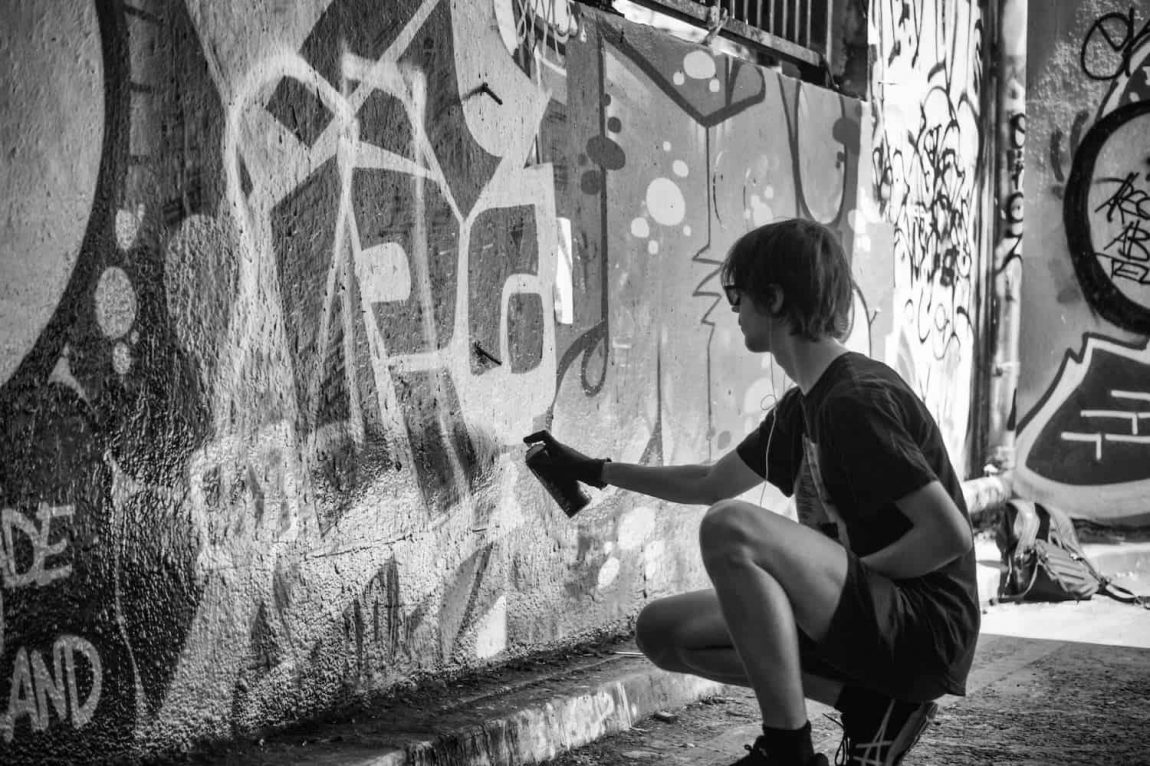Key Takeaways
- Street artists encompass a diverse range of public art forms including graffiti, murals, caricatures, and performance arts.
- Legal aspects vary by location, with some places requiring licenses or permits.
- Graffiti, a notable street art form, often treads the line between art and vandalism.
- Renowned graffiti artists like Banksy have gained international fame.
- Public response and interaction play a significant role in street art dynamics.
The Vibrant World of Street Artists: A Colorful Journey Through Public Spaces
Picture this: strolling down the cobbled streets of Paris, you turn a corner and there it is—a vibrant mural that stops you in your tracks. That’s the magic of street art, isn’t it? It transforms ordinary spaces into open-air galleries, and every artist leaves a piece of their soul on those public canvases.
The Symphony of the Streets
I remember watching a street performer in New York, a musician whose guitar strings danced to the rhythm of the bustling city. Street artists aren’t just painters or graffiti artists; they’re musicians, actors, jugglers—the list goes on. They bring life to the streets, each performance or artwork adding a unique note to the urban symphony.
Dancing with the Law: The Legal Tango
It’s not all bright paint and applause, though. Street art often involves a tango with the law. In some cities, you need a permit to set up your easel or strum your guitar. Without these, an artist might face fines or more. It’s a delicate balance—maintaining artistic freedom while respecting legal boundaries.
Graffiti: Art or Vandalism?
Ah, graffiti! It’s like the rebellious child of the street art family. Often misunderstood, it walks a fine line between being seen as a vibrant art form and being dismissed as vandalism. But think of artists like Banksy or Shepard Fairey—how they’ve used walls as their canvases to spark conversations and challenge norms.
An Unforgettable Canvas: The Streets
Each street artist brings their own flavor to the urban landscape. Whether it’s a caricature artist in a bustling market or a muralist painting stories on a forgotten wall, they all share one thing—a passion for expressing themselves in the most public of spaces. Their art isn’t confined to galleries; it lives and breathes in the streets, accessible to all who pass by.
The Audience: A Crucial Brushstroke
What makes street art truly unique is its audience. Unlike in a gallery, where viewers seek out art, street art finds its viewers. It’s a dynamic interaction—passersby may stop, reflect, engage, or simply walk past. This spontaneous connection adds another layer to the art, making it a living, evolving entity.
Final Reflections
Street art is more than just paint on walls or performances on sidewalks; it’s a heartbeat of the urban landscape, a reflection of society’s pulse. It’s a world where legality, creativity, and public interaction intertwine, creating a tapestry as diverse as the artists themselves.
Frequently Asked Questions
- What constitutes street art?
Street art encompasses various forms including graffiti, murals, street performances, and crafts created in public spaces. - Do street artists need a permit?
This varies by location. Some cities require street artists to have a permit or license, especially for selling art or performing in public spaces. - Is graffiti considered illegal?
Graffiti is often in a legal grey area, viewed as vandalism in many places unless done with permission on designated walls or areas. - Who are some famous street artists?
Banksy and Shepard Fairey are among the most famous, known for their impactful and often politically charged graffiti art. - How do street artists make money?
Street artists may sell their artwork, receive donations for performances, or get commissioned for murals and other public art projects.





